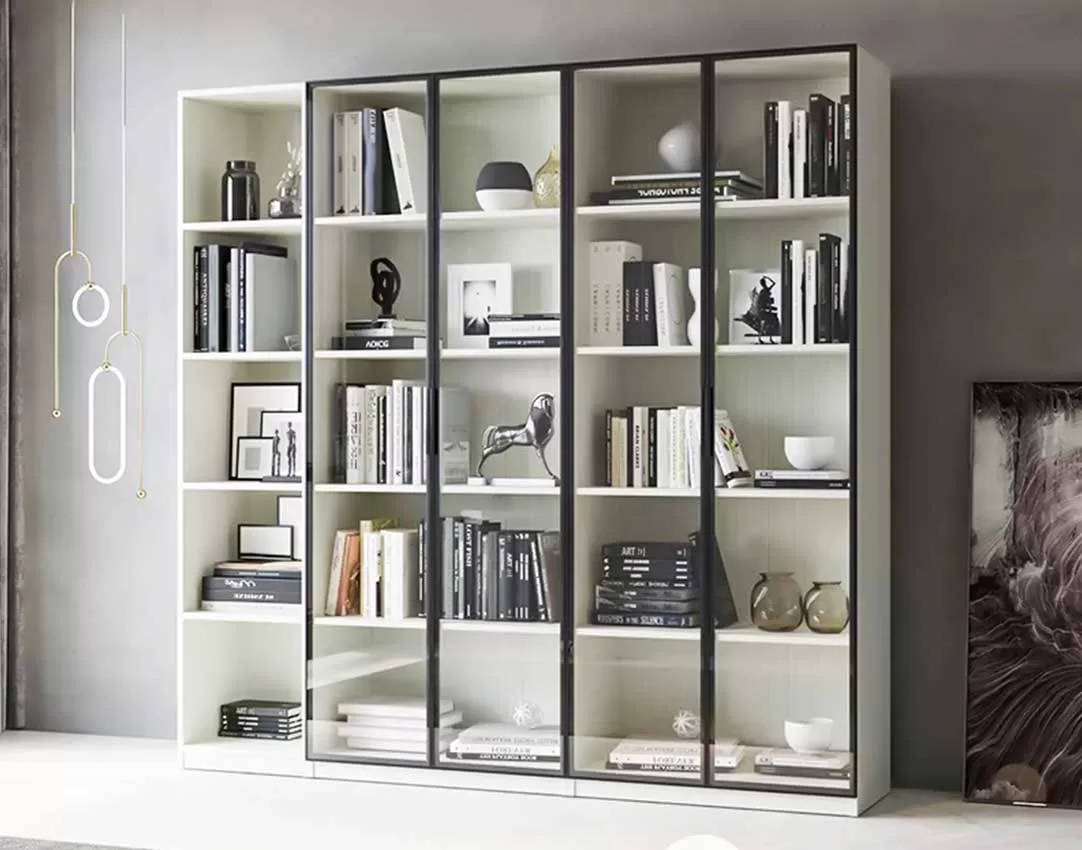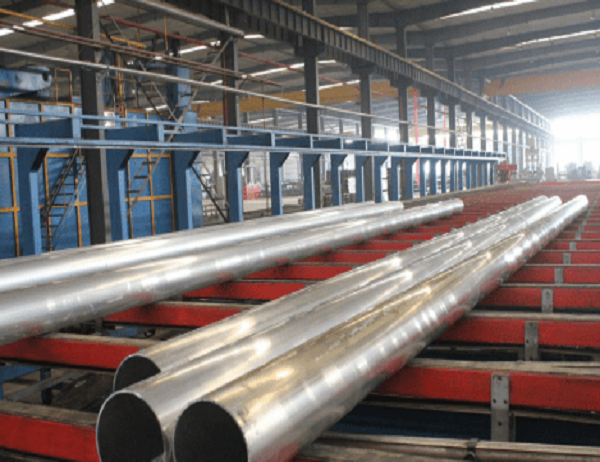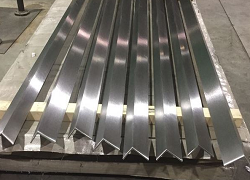Aluminium alloy tubing is a versatile material used in various industries due to its unique properties and advantages. However, it is essential to understand its strengths and weaknesses compared to other materials to make informed decisions. This article aims to provide a comprehensive comparison of aluminium alloy tubing with other commonly used materials, highlighting its key differences and potential applications.
Aluminium alloys are known for their high strength-to-weight ratio, making them suitable for lightweight structures and components. The addition of alloying elements, such as copper, magnesium, and manganese, further enhances their strength and durability. Aluminium alloy tubing excels in applications requiring high tensile strength, impact resistance, and fatigue resistance. For instance, it is commonly used in aerospace, automotive, and construction industries.
Aluminium alloy tubing is significantly lighter than other metals, such as steel or copper. Its low density makes it ideal for applications where weight reduction is crucial. In the aerospace industry, aluminium alloy tubing is used to reduce aircraft weight and improve fuel efficiency. In the automotive industry, it is employed in vehicle frames and body panels to enhance performance and reduce emissions.
Aluminium alloys are highly resistant to corrosion, thanks to the formation of a protective oxide layer on their surface. This layer prevents further oxidation and protects the metal from harsh environments. Aluminium alloy tubing is commonly used in marine applications, chemical processing equipment, and outdoor structures, where corrosion resistance is paramount.
Aluminium alloy tubing possesses excellent electrical and thermal conductivity. Its high electrical conductivity makes it suitable for electrical wiring, busbars, and heat sinks. Its high thermal conductivity allows for efficient heat transfer, making it a preferred choice for heat exchangers, condensers, and evaporators.
Aluminium alloy tubing is relatively easy to machine and form, allowing for complex shapes and intricate designs. It can be welded, brazed, or riveted to create customized components. Its good ductility and formability make it suitable for applications requiring bending, shaping, and fabrication.
Aluminium alloy tubing is generally more expensive than steel or copper tubing. However, its lightweight, corrosion resistance, and versatility often justify the additional cost. Aluminium is also a widely available material, with a well-established supply chain, ensuring consistent availability.
Comparing aluminium alloy tubing with other materials reveals its unique properties and advantages. Its high strength-to-weight ratio, corrosion resistance, and electrical and thermal conductivity make it an ideal choice for lightweight structures, aerospace applications, marine environments, and heat transfer equipment. However, its higher cost and lower strength compared to some other metals should be considered when making material selections. By understanding the comparative advantages and limitations of aluminium alloy tubing, engineers and designers can make informed decisions to meet specific application requirements.



